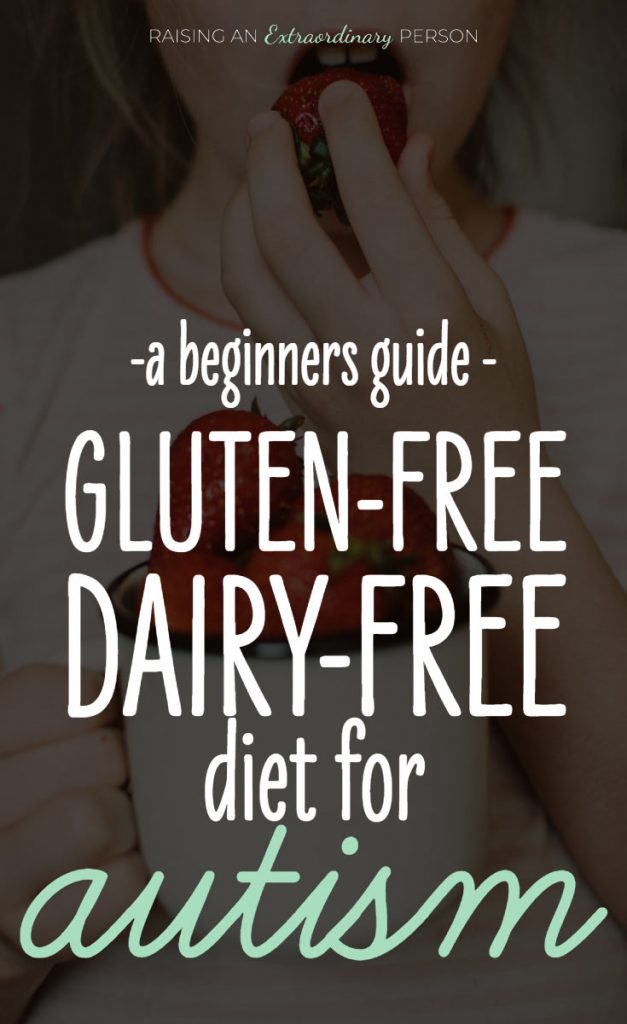A Beginner’s Guide to Gluten-Free Casein-Free Diet for Autism
What’s inside this article: A beginner’s guide to the potential benefits of a gluten-free casein-free diet for autism, important considerations for parents, and a list of kid-friendly recipes to get you started.
Disclaimer: This post contains affiliate links.
A gluten-free, casein-free (GFCF) diet involves eliminating all sources of gluten (found in wheat, barley, and rye) and casein (found in milk and dairy products) from the diet.
This diet has been explored as a potential intervention for individuals with autism spectrum disorders (ASD). The idea behind the GFCF diet is based on the theory that children with autism may have sensitivities or allergies to gluten and casein, which could exacerbate or contribute to symptoms of autism.
The scientific evidence supporting the effectiveness of the GFCF diet in treating autism symptoms is limited and mixed. Some studies have reported improvements in symptoms, while others have found no significant benefits. Research in this area is challenging due to the variability in autism and the difficulty in conducting controlled dietary studies.
However, many parents report an improvement in common symptoms associated with autism, including meltdowns, language skills, and hyperactivity, after adopting a GFCF diet.
Autism and Gut Health
Approximately two-thirds, or 67% of autistic children, have gastrointestinal (GI) issues, although it’s an often overlooked issue.
The reasons behind the higher prevalence of GI symptoms in children with autism are not fully understood. Several hypotheses have been proposed, including altered gut microbiota, immune dysregulation, and increased intestinal permeability, among others.
However, we do know that gut health impacts mood and behavior. Addressing GI symptoms can positively impact behavioral symptoms associated with autism.
You can do a food sensitivity test at home, which is done via hair analysis and checks 640+ proteins, grains, fruits, vegetables, seafood, gluten, additives, preservatives, sweeteners, beverages, dairy, fats, etc., for sensitivities to help you create an elimination diet.
How Could a Gluten-Free Casein-Free Diet Help?
The theory behind the gluten-free, casein-free diet is that sensitivities to gluten and dairy can cause inflammation or irritation in the digestive tract and that this irritation can affect the nervous system and brain, exacerbating symptoms of autism.
This guide is for beginners – who’ve never tried a gluten-free, dairy-free diet but are considering it for their autistic child.
This guide is intended to serve as a starting point for gathering information, recipes, and shopping tips.
Food Restrictions & Your Child’s Health
Removing gluten and casein from the diet can lead to nutritional deficiencies if not carefully managed. It is important to ensure that the diet is well-balanced and provides all necessary nutrients, possibly with the guidance of a healthcare professional or dietitian.
Many kids with autism will only eat a limited number of foods, making this diet challenging and potentially unsafe if your child doesn’t eat a wide variety of foods.
As you implement these changes, you need to make sure that your child is still consuming a nutritious diet and that you are making safe supplementations if needed.
Take your time making the switch. Children with autism commonly struggle with transitions and changes. It’s fine to ease into this diet at your child’s pace rather than making an entire lifestyle change overnight. However, it may be helpful to keep a diary of your child’s food intake and behavior so you can monitor how it affects them over time.
Begin by focusing on finding and creating recipes your child enjoys eating. Once you’ve found enough options for what they will eat, then stop serving food with restricted ingredients.
Making the switch over a period of time may take longer, but it will be easier for everyone.
Gluten-Free Casein-Free For Beginners
Without a little research and meal planning, it will be hard for beginners to be successful on a GFCF diet.
Rachael Roehmholdt has an excellent article titled “Top 10 Tips for Gluten-Free Dairy Free Beginners” that will give you tons of great information.
In fact, you will probably find her whole website to be the jackpot of GFCF information.
What is Gluten?
Gluten is a group of proteins found in certain grains, including wheat, barley, and rye. It acts as a binder, holding food together and giving it a stretchy quality, which is especially noticeable in bread dough.
What is Casein?
Casein is a family of related phosphoproteins that are commonly found in mammalian milk, making up about 80% of the proteins in cow’s milk and between 20%-45% of the proteins in human milk. Casein provides essential amino acids, carbohydrates, calcium, and phosphorus. It is a major component of cheese, where it is used as a basis for the formation of cheese curds, and is also present in many other dairy products.
Casein proteins are unique because they coagulate in the stomach, forming a slow-digesting complex that is often touted for its ability to provide a sustained release of amino acids into the bloodstream.
Similar to gluten, casein can also be problematic for certain individuals. Casein intolerance or sensitivity is different from lactose intolerance, which is an inability to digest lactose, the sugar found in milk. Casein sensitivity may trigger inflammatory or allergic responses in some individuals, although it is less commonly recognized in comparison to lactose intolerance or gluten sensitivities.
Remember to Look For “Hidden” Dairy and Gluten
These two ingredients have a lot of aliases, making it easy for them to sneak into your diet without you even realizing it.
It’s important to familiarize yourself with the different names for gluten and dairy so you can be fully educated about the ingredients in your food when you check food labels.
Save the image below as a quick cheat sheet:
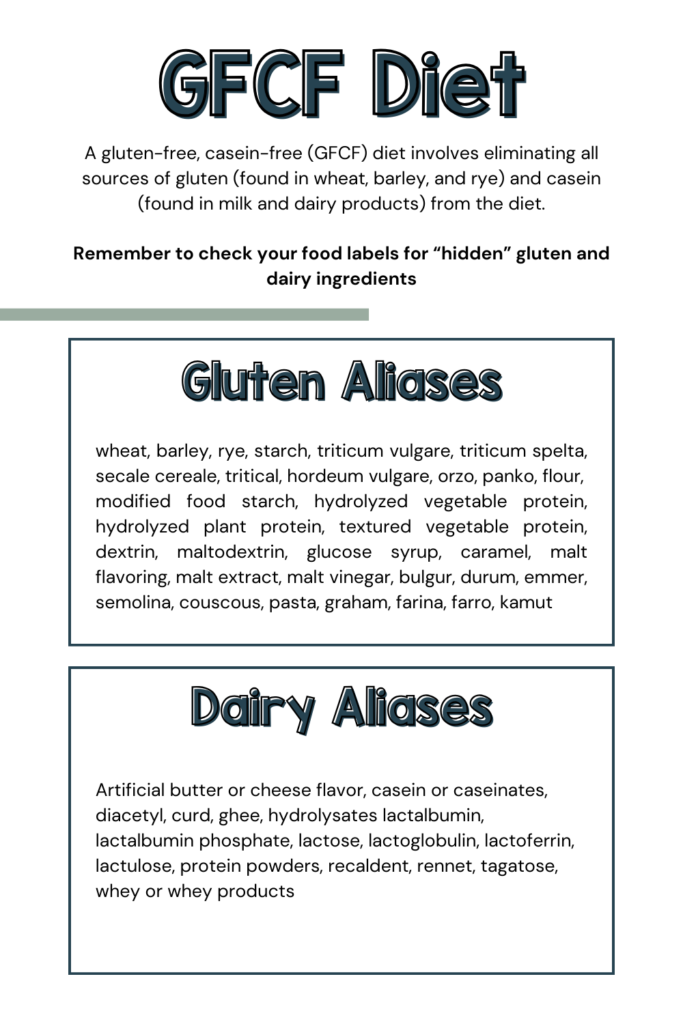
Focus on What You Can Eat & Getting Your Child To Eat
As mentioned above, there are a lot of restrictions, and if you’re only focusing on those restrictions, it might feel really discouraging.
If you are trying a gluten-free, casein-free diet for autism and your child has food aversions, it might seem like there is nothing left to feed them.
Create an inventory of safe foods and recipes that your family can start trying. It’s a good idea to begin using GFCF recipes that are versions of foods your child already enjoys.
Give your child choices, and let them help you in the kitchen, if possible.
Whole foods, which are naturally gluten and dairy-free, are the most nutritious option to stock up on.
Packaged and processed foods labeled as gluten-free may be more convenient but not as healthy.
They are fine to have and eat, but you shouldn’t build your entire diet around these items. However, two things you do want to buy already made are gluten-free pasta and bread.
Also, be aware that swapping a food (such as cheese) for its GFCF version won’t always be successful .. they never taste the same. So,
Naturally Gluten & Dairy Free Foods:
The following foods are naturally gluten-free and casein-free.
- Any fruit
- Any vegetables
- Eggs
- Nuts and seeds
- Lentils
- Beans
- Red meat, poultry, and fish (check labels of processed meats)
- Rice
- Oats (although it’s possible they could be contaminated with wheat during harvesting or processing – so use ones specifically labeled gluten-free)
- Soya and almond milk
Kid-Friendly Recipes
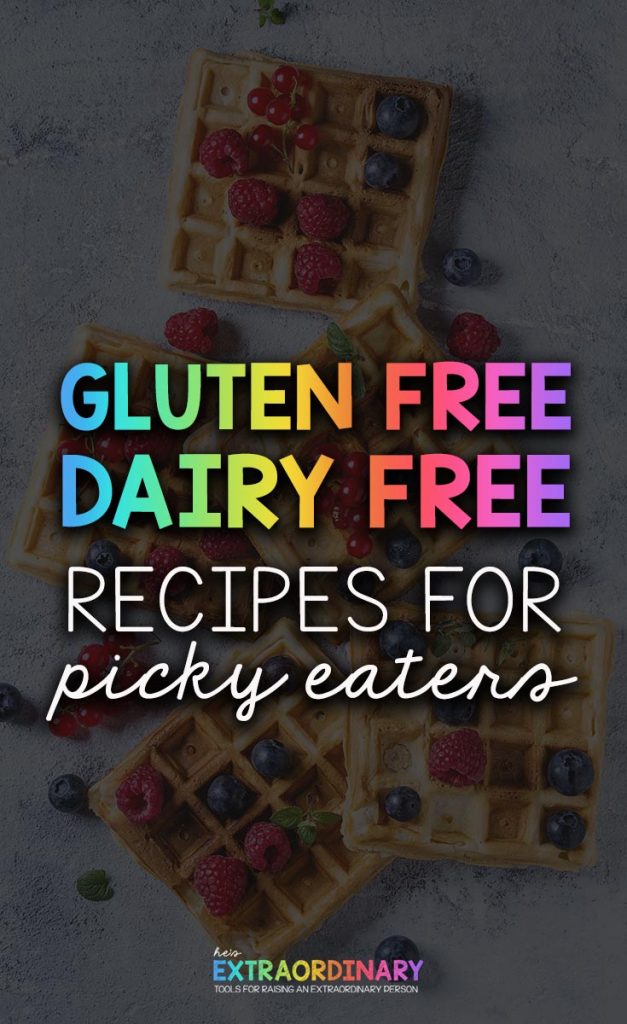
I’ve rounded up a bunch of kid-friendly recipes from other bloggers, focusing on foods that I know my own children love, to help you get started with your GFCF diet for autism.
I’m sure there will be something here that your child will eat.
Breakfast
No-Bake Peanut Butter Breakfast Bars | The Big Man’s World
Banana Oat Bars | Lean Green Bean
Apple Cinnamon Muffins | Health Extremist
Apple Bread | The Baker Mama
Spinach & Sausage Egg Muffins | Raising Generation Nourished
GFCF Pancakes | Veggie Balance
Banana Pancakes | Texan Erin
Breakfast Oat Cups | Baby Foodie
Flourless Waffles | Wholesome Yum
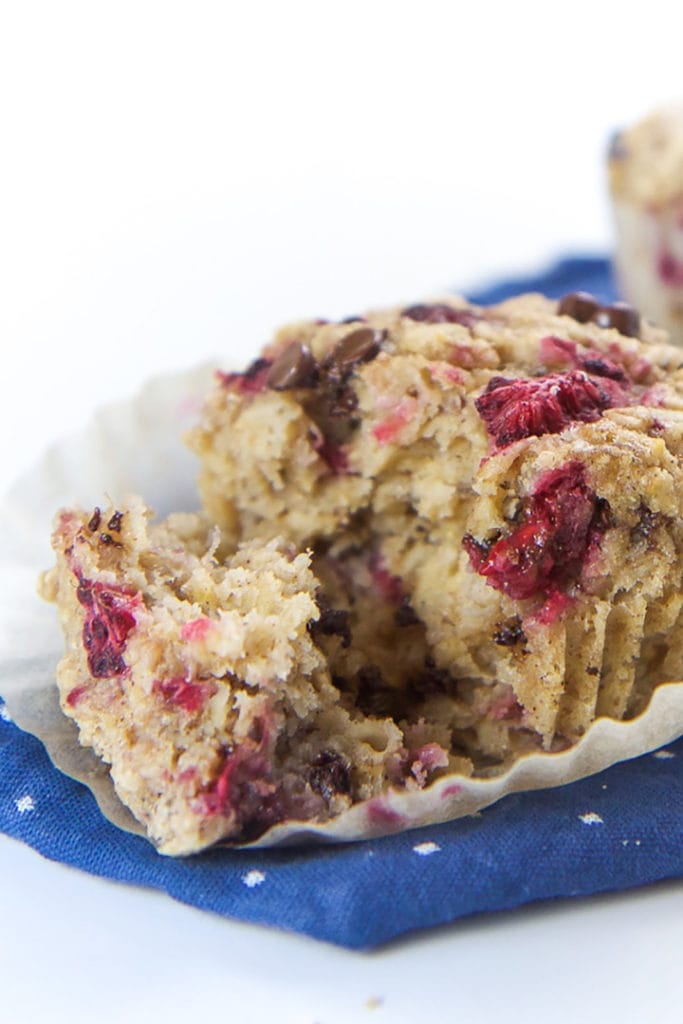
Lunch/Dinner
Sweet & Sour Meat Balls | Celiac Mama
Fried Chicken Tenders | Blessed Beyond Crazy
Taco Chicken Pasta | EBL Food Allergies
Pizza with Sweet Potato Crust | The Soccer Mom Blog
Ground Turkey Taco Zoodles | Perchance to Cook
Quick Chili | Dad Cooks Dinner
GFCF Shepherd’s Pie | The Wholey Trinity
Mac & Cheese | Stacey Homemaker
Beef & Cabbage stir fry (my personal favorite) | Budget Bytes
Chicken Fried Rice | Slimming Eats
Sausage and Rice Skillet | Life Made Simple – Just check the label of the sausages you’re buying.
French Fries | Corrie Cooks

Snacks/Desserts
Dark Chocolate Muffins | Beaming Baker
Peanut Butter & Banana Icecream Sandwiches | She Likes Food
Candied Pecans | Clean Eating
No-Bake Rocky Road Bites | Cotter Crunch
Cinnamon Sugar Pretzels | Strength & Sunshine
Veggies & Vegan Ranch Dressing | Clean Green Simple
Butternut Squash Fries | JJ Virgin
Chocolate Chip Cookies | Texan Erin
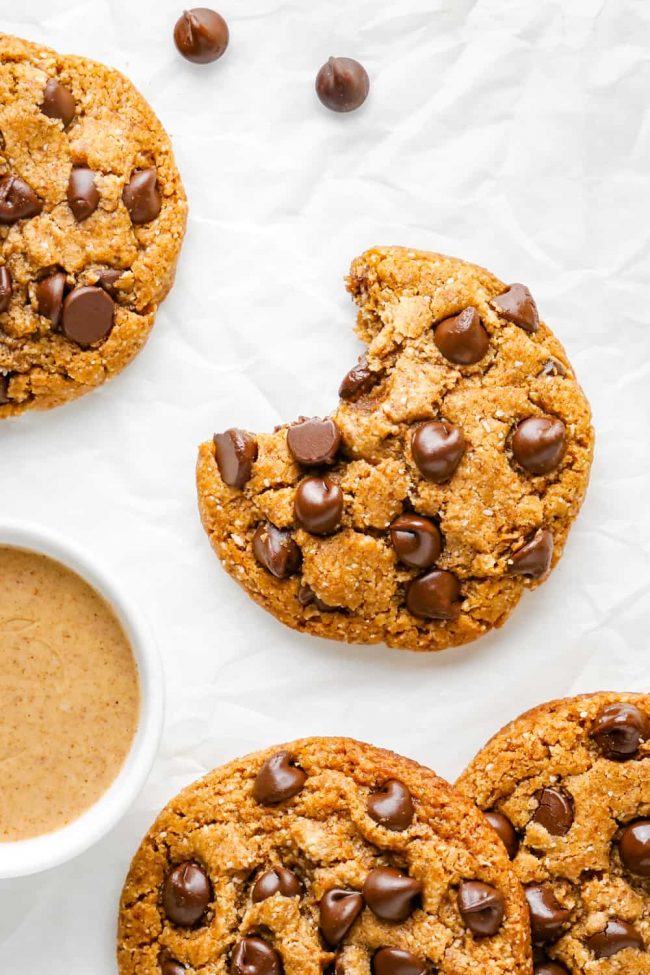
Misc.
Everything Dough | Nurture My Gut
Mixed Berry Jam | Nourish Every Day
GFCF Sweetened Condensed Milk for baking | Kit’s Coastal
Honey Oat Bread | Hungry Hobby
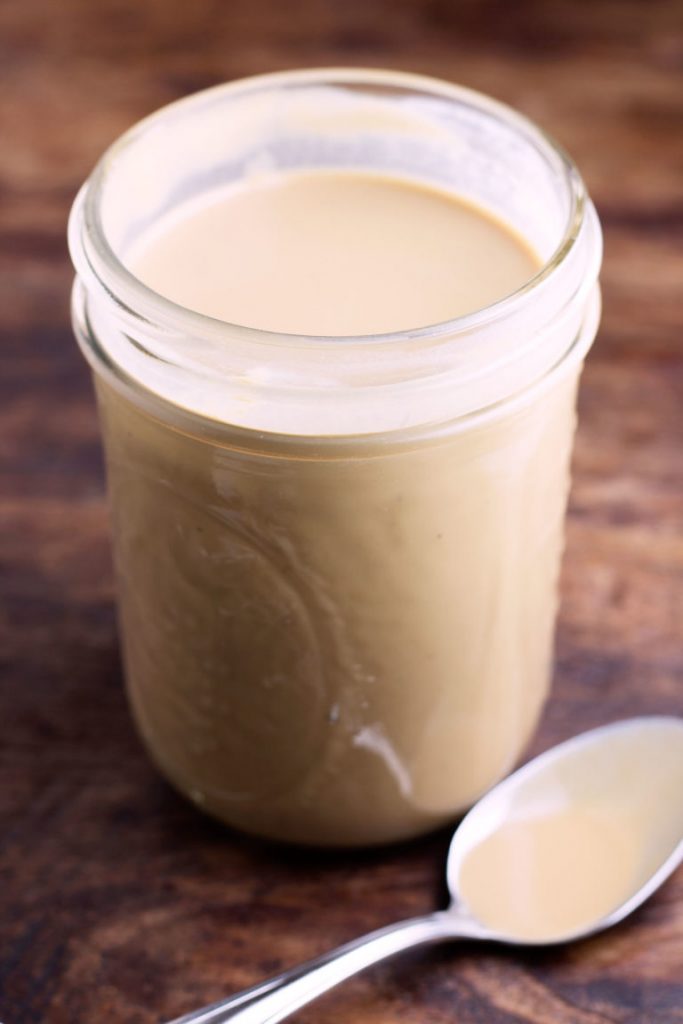
If you’re feeling defeated, remember a lot of your tried and true recipes can be tweaked and made into gluten and dairy-free meals.
Gluten-Free Dairy-Free Cookbook
A few of my readers have recently purchased the Everything Gluten-Free & Dairy-Free Cookbook by Audrey Roberts (from Mama Knows Gluten Free).
The cookbook has 300 gluten-free and dairy-free recipes, so there are bound to be options in there for everyone. Her book is available on Amazon.
